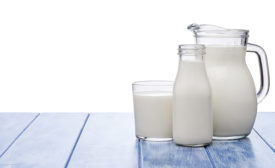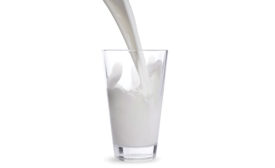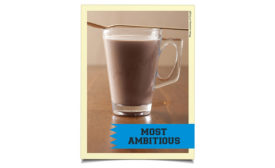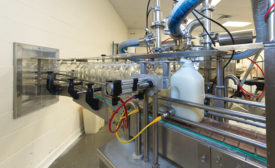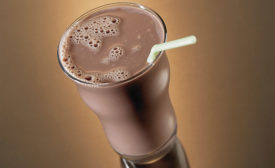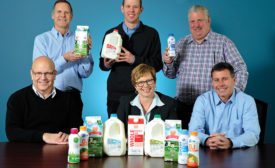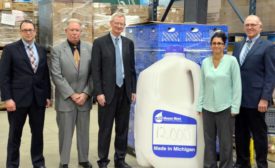Home » Keywords: » milk processors
Items Tagged with 'milk processors'
ARTICLES
Moo-Ville Creamery makes premium dairy products out of the A2A2 milk its own cows produce at the company’s WestVale-View Dairy in Nashville, Mich.
Read More
2019 State of the Industry report: Milk aims for an inside straight
Despite milk’s streak of bad luck, innovative products with functional benefits are holding the high cards.
November 4, 2019
2018 State of the Industry report: Milk is struggling in the bunker
But processors adept at 'reading the green' are finding pockets of opportunity to grow sales.
November 7, 2018
State of the Industry 2017: Milk is on trend and getting the word out
The milk sector earns the class of 2017’s MOST AMBITIOUS honors as it taps into trends in an attempt to reverse a multi-year decline in consumption.
November 2, 2017
Milk processors
There is more than one way to bottle milk
Clover Sonoma and Kilby Cream each have its own unique way of processing and selling milk.
June 27, 2017
State of the Industry 2016: Fluid milk processors find value in added value
For fluid milk processors, the value is in added value. Flavored, added-protein, lactose-free and organic milks show sales gains in the last year.
November 7, 2016
Chocolate milk helps the dairy industry recover
The milk industry has positioned chocolate milk as an ideal beverage to drink after a workout. Sales of flavored milks, including chocolate, are on the rise.
October 7, 2016
Milk processors
Here are 4 different approaches to fluid milk
These four milk processors all have their own unique approach to processing, marketing and selling fluid milk.
June 27, 2016
Dairy good deeds
Michigan Milk Producers, Kroger deliver 12,000 gallons of milk to help Flint families
The Food Bank of Eastern Michigan to distribute milk to those impacted by water crisis.
January 26, 2016
Stay ahead of the curve. Unlock a dose of cutting-edge insights.
Receive our premium content directly to your inbox.
SIGN-UP TODAYCopyright ©2024. All Rights Reserved BNP Media.
Design, CMS, Hosting & Web Development :: ePublishing


